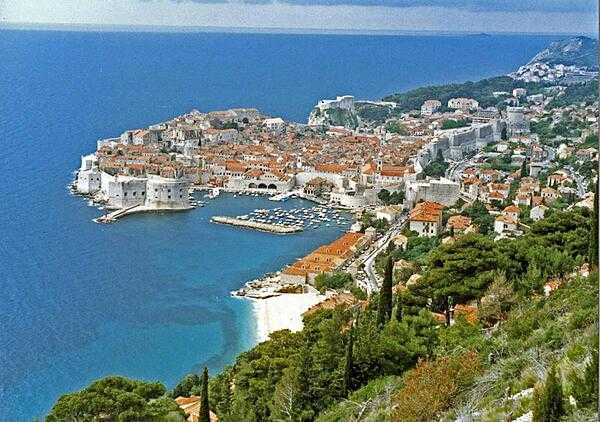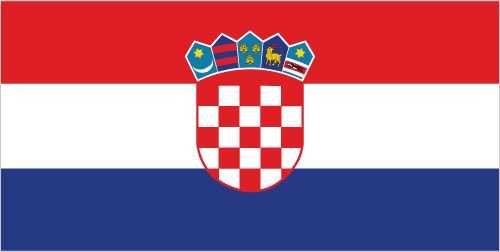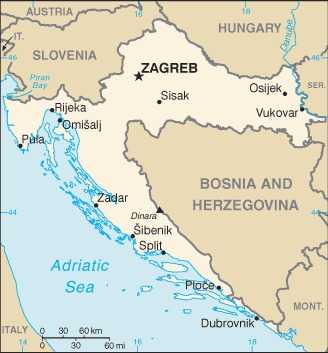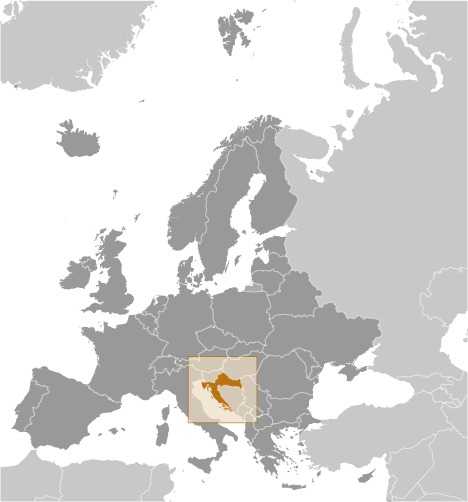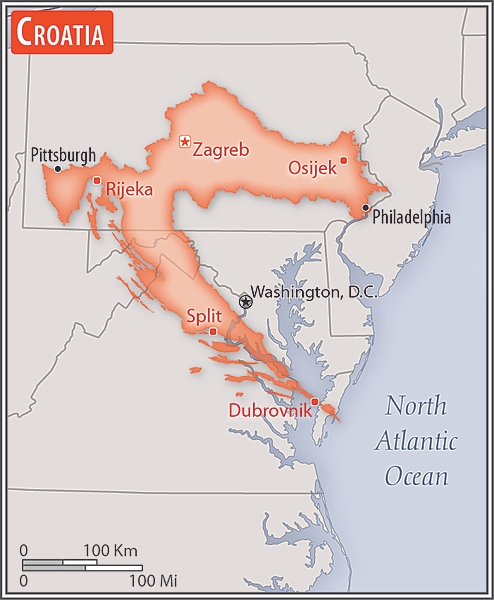Introduction
Visit the Definitions and Notes page to view a description of each topic.
Geography
People and Society
Population
comparison rankings: total 129; male 130; female 129
Languages
Median age
comparison ranking: total 20
Population growth rate
comparison ranking: 220
Birth rate
comparison ranking: 205
Death rate
comparison ranking: 13
Net migration rate
comparison ranking: 86
Maternal mortality ratio
comparison ranking: 188
Infant mortality rate
comparison ranking: total 143
Life expectancy at birth
comparison ranking: total population 86
Total fertility rate
comparison ranking: 206
Obesity - adult prevalence rate
comparison ranking: 59
Alcohol consumption per capita
comparison ranking: total 25
Tobacco use
comparison ranking: total 15
Education expenditure
comparison ranking: Education expenditure (% GDP) 73
Environment
Carbon dioxide emissions
comparison ranking: total emissions 97
Government
Economy
Real GDP (purchasing power parity)
comparison ranking: 79
Real GDP growth rate
comparison ranking: 83
Real GDP per capita
comparison ranking: 52
Inflation rate (consumer prices)
comparison ranking: 94
GDP - composition, by sector of origin
comparison rankings: agriculture 126; industry 131; services 91
Industrial production growth rate
comparison ranking: 99
Labor force
comparison ranking: 130
Unemployment rate
comparison ranking: 93
Youth unemployment rate (ages 15-24)
comparison ranking: total 70
Gini Index coefficient - distribution of family income
comparison ranking: 119
Public debt
comparison ranking: 46
Taxes and other revenues
comparison ranking: 40
Current account balance
comparison ranking: 131
Reserves of foreign exchange and gold
comparison ranking: 115
Energy
Electricity
comparison rankings: installed generating capacity 87; consumption 82; exports 28; imports 26; transmission/distribution losses 125
Energy consumption per capita
comparison ranking: 65
Communications
Telephones - fixed lines
comparison ranking: total subscriptions 64
Telephones - mobile cellular
comparison ranking: total subscriptions 130
Broadband - fixed subscriptions
comparison ranking: total 76
Transportation
Merchant marine
comparison ranking: total 50
